Summary | Key concept | Science Story | Background Science | Activity | Curriculum links | Linked Activities
Download this activity as Word or PDF, and a set of slides to go with the activity – click on the links above
- Suggested Age Range: 10 – 11 years
- UK Primary Curriculum: Key Stage Two (upper)
- Suggested UK Year Group: Year 6
- UK Primary Curriculum Link: Evolution and inheritance
- Science Subject: Evolution and adaptions to environment
- Science Question: How would plants and animals adapt to life on another planet?
- Activity type: individual
- Suggested linked stories: King Solomon and the Bee; How Tiger got his Stripes; Chameleon’s Message to the People
Brief summary: Evolution is the mechanism by which plants and animals (and other organisms) adapt to their environment as it slowly changes with time. The process of evolution allows species to change and cope with significant changes in their surroundings, as long as the change is slow compared to the lifespan of one generation of the organism in question.
Key concept: Plants and animals adapt to their environments over many generations, changing in order to survive.
Key words: evolution, adaption, selection, characteristics, environment, species, camouflage
The Science Story:
Can you think of an animal that changes colour?
Chameleons change colour.
Why do you think they do this?
Chameleons change colour for several reasons. They might change colour because they are happy, or angry, or they can change colour to match the world around them – this is called camouflage.
Why is camouflage important?
Camouflage is important because it helps animals and insect hide from predators. Many animals and insects can not change colour, but they are born with a colour or pattern that helps them to blend in with their surroundings.
Can you think of any examples?
Caterpillars and shield bugs are usually brown or green so that they are hard to see when they are on a branch or leaf, and many birds are brown so that they blend in with tree branches. These are all examples of animals adapting to their environment.
There are other ways animals adapt to their environments. Rainforest tigers are a good example.
What colour is a rainforest tiger?
Rainforest tigers are orange with black stripes.
Why does a rainforest tiger have stripes? How does it blend in with a green vegetation?
Rainforest tigers live in rainforests where they hunt and eat plant-eating animals like deer. Scientists from Bristol University have discovered that the deer are red-green colour blind – so to a deer, the rainforest tiger looks green and is very hard to see among the plants of the rainforest. This is an example of natural selection, and is how evolution works.
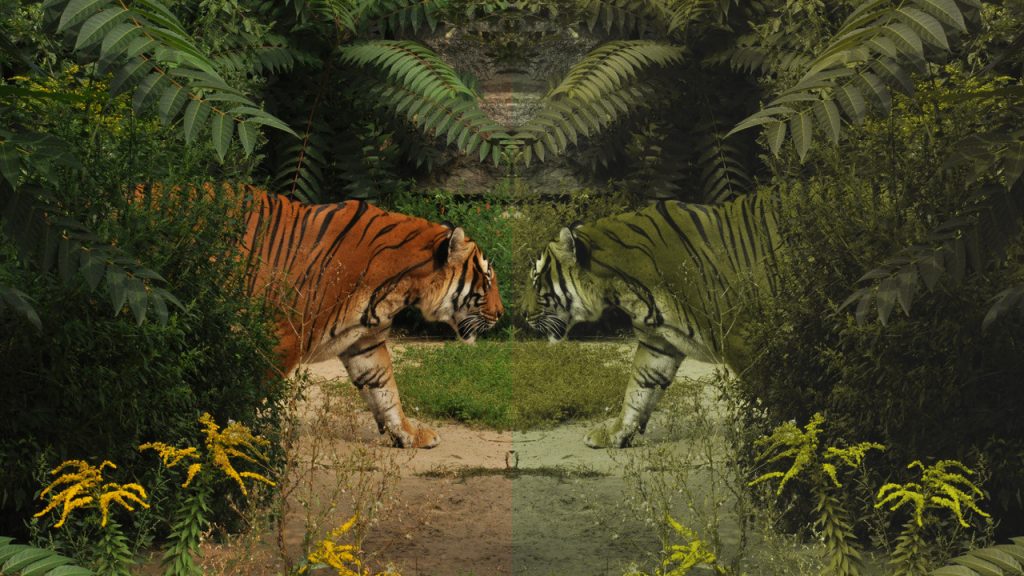
The Science: The process of evolution was once entirely unknown to humans. It took careful observations by scientists before this process was observed and understood.
The classic example of evolution in action, and one of the first ever observed on human timescales, was the evolution of the peppered moth during the industrial revolution of the Victorian age.
Before the industrial revolution, the moth was only known in its “typica” form which is speckled white and black in colour. In 1811 a new variant was discovered, predominantly black in colour and known as “carbonaria”. In 1811 the carbonaria variant was rare, but by 1895 the darker variant made up 98% of the population of the peppered moth and the typica variant was rarely spotted. In 1896, some 14 years after Darwin’s death, it was suggested by etymologist James Tutt that the change in pigmentation of the peppered moth was an example of natural selection.
It wasn’t until the 1950s that experiments carried out by the scientist Bernard Kettlewell showed evolution was the cause of the rise of the darker variant of the moth. Kettlewell compared moth populations in different parts of the country and how often they were eaten by birds. What he saw was that in the less-industrialised south of the country the lighter moth was more common, while the darker carbonaria form was much more common in industrialised regions such as Birmingham and Manchester.
What Kettlewell realised was that which type of moth dominated depended on how well the moths were camouflaged in different parts of the country. In industrial areas, trees were discoloured by soot from the burning of coal in industrial processes in the large numbers of factories and foundries, resulting in the bark becoming dark and blackened and leading to the darker carbonaria variant of the moth being better able to blend in and hide from the birds which hunted them for food. In the less-polluted south, trees were not blackened by industrial pollution and the lighter typica variant was better able to blend in and avoid its predators. This provided excellent evidence for evolution by natural selection, experimentally validating Darwin’s ideas with a real-life example.
Since the end of the industrial revolution, the move away from heavy industry, and the introduction of the Clean Air Acts in the UK, the process is now reversing. While the carbonaria variety went from 0 to 98% of the total peppered moth population in Manchester during the industrial revolution, in recent decades the process is being observed in reverse. As the air in urban environments becomes cleaner and lichen returns to our suburban trees, the lighter typica form of the moth is making a spectacular comeback and is set to become the dominant form of the moth once again.
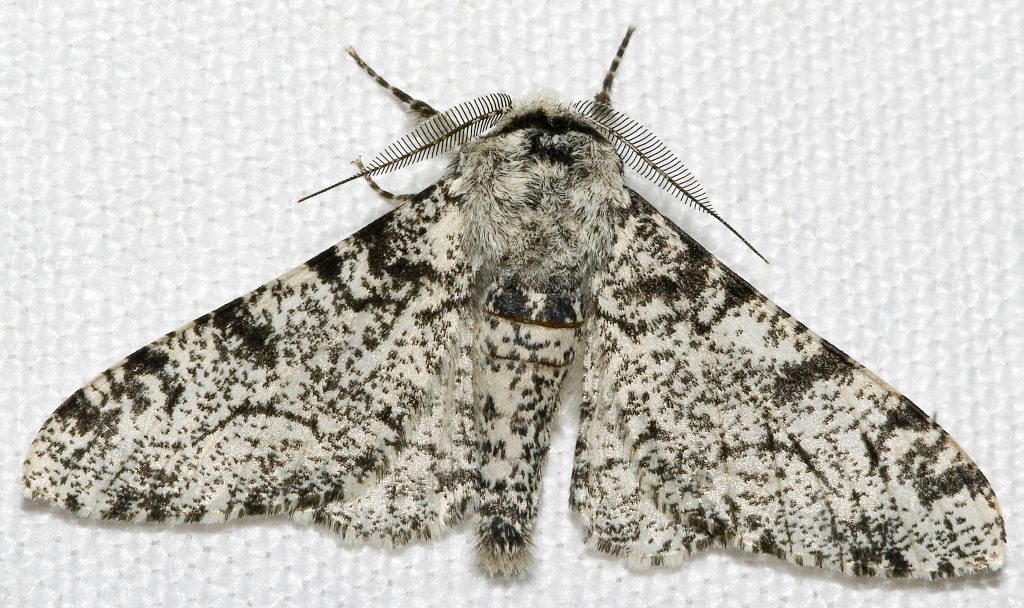
The typica variant of the peppered moth.
By Chiswick Chap, CC BY-SA 3.0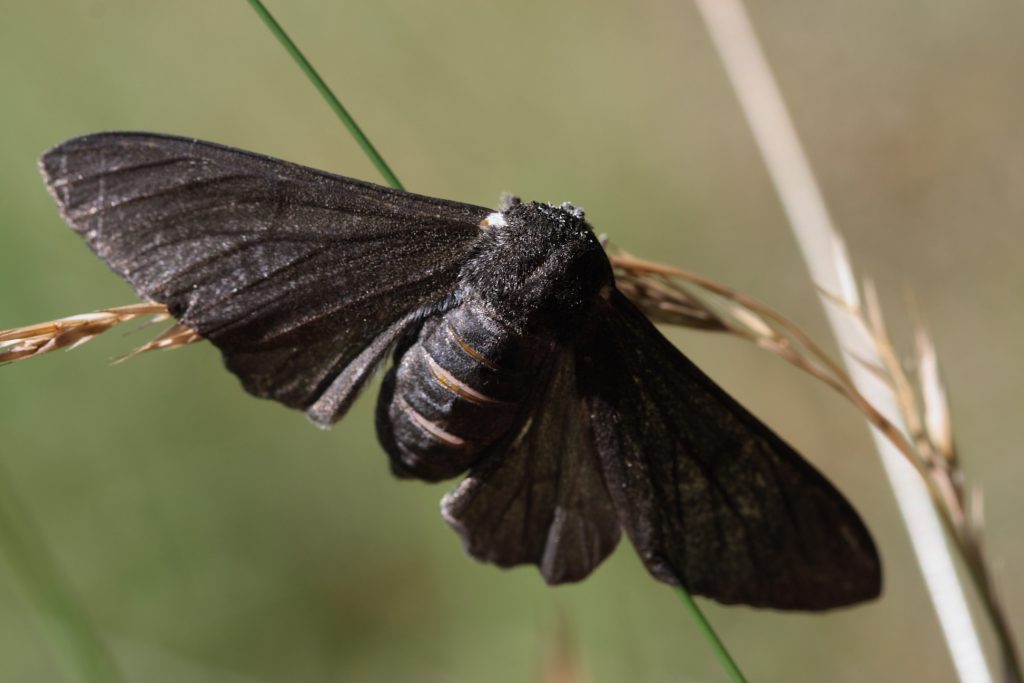
The carbonaria variant of the peppered moth.
By Loz (L. B. Tettenborn), CC BY-SA 3.0
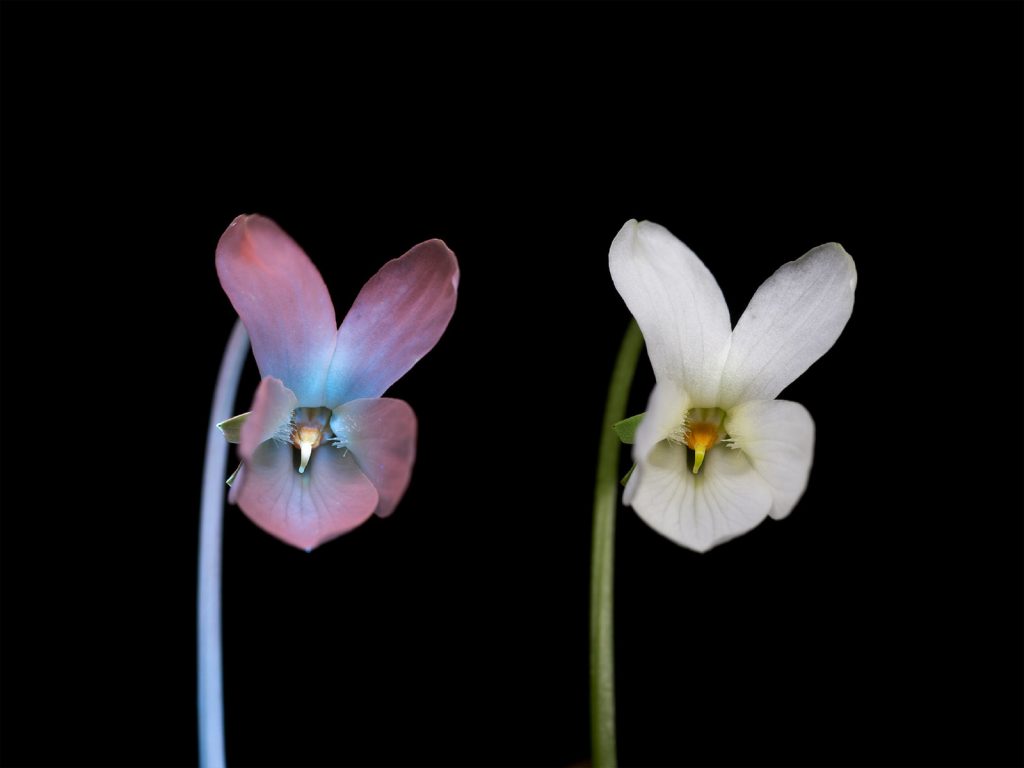
Image credit: Craig P. Burrows (http://www.cpburrows.com/), used with permission.
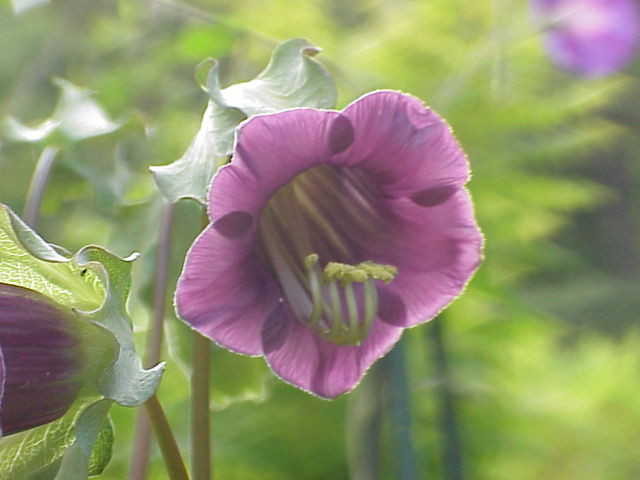
The activity: This activity looks at the ideas outlined in the story, above, leads the students to think about the characteristics living things need to survive in different environments, and extrapolate for an environment they have not experienced directly. Note that the above images, as well as images of the Moon and Mars, are included in the optional powerpoint file that can be used with this activity.
Props required:
- Internet-enabled computers (optional)
- Art materials
- Paper
- Imagine that you are an explorer wanting to colonise Mars. Your colony will need animals and plants in order to survive, so you will need to take them with you. As Mars is very different to the Earth, the plants and animals will need to evolve and adapt to survive in their new environment. Your first task is to think of your favourite animal (or plant) and draw a picture of it. Think of an animal that may be useful for your colony. This could be a human, an animal that is useful to humans such as for food or wool, an animal that people keep as a pet, or just your favourite animal!
- Next to your drawing, write down the key characteristics of your animal or plant: does it live on the land, in the water, in the trees? What does it eat? Is it a predator, or does it need to hide from other predators? Does it walk, crawl, swim or fly? Include any important characteristics of your organism that helps it to survive on the Earth.
- Now you need to think about what the new environment of the colony will be like on Mars. What is the temperature during the day and at night? What type of terrain is there (mountains, oceans, something else)? Is there much water? Does it rain? What colour is the sky? Is there vegetation? What is the atmosphere like? What other characteristics does Mars have?
- Compare the characteristics of your animal and the environment on Mars. Could your animal survive there in its current form? What characteristics would your animal need to evolve in order to survive?
- Mars is much colder than the Earth – how might your animal need to change to cope with colder temperatures?
- Mars has a thinner atmosphere than the Earth – if your animal flies, would it need bigger wings to cope with the thinner atmosphere? Would it be able to breathe? Think about how animals that live high up in the mountains are different to animals that live in valleys on the Earth – similar adaptions might be needed in the thin atmosphere of Mars.
- The colours on the surface of Mars are mainly orange and red. If your animal is a predator, how might it change to blend in with its new surroundings? If your animal has to hide from predators to survive, how might it do this on Mars?
- Mars is smaller than the Earth, so it has less gravity. How would your animal need to adapt to cope with less gravity? Think about how tall your animal grows on Earth, on Mars where the gravity is lower your animal will probably grow taller.
- Can you think of any other ways your animal will need to adapt to live on Mars? Write them down.
- Illustrate your animal and its new characteristics, in its new environment.
- Write a short paragraph describing your animal and its environment, and how it is different to its normal form on the Earth.
Key points for discussion:
- Cold (more insulation or fur)
- Colour (turn orange to blend in)
- Thinner atmosphere (bigger wings, bigger lung capacity)
- Less gravity (lower bone density, taller)
- Live in a shelter, or evolve to use carbon dioxide
Extension: A good extension is a more in-depth look at how the evolution of the students’ animals might happen. Evolution is a slow process happening over many generations. The students could think about how to encourage the required characteristics in the animals they have chosen. If more than one additional characteristic is required, they should think about whether there is a preferred order for them to develop. For example, to adapt a giraffe to Mars you might want to first select for a tolerance to carbon dioxide, since that is the major constituent in the Martian atmosphere.
Common misconceptions:
- In the example of the giraffe, above, it is important to note that the neck became lengthened because the giraffes with longer necks were better adapted to reach food and were the giraffes that survived to mate successfully. Sometimes this is misunderstood: their necks did not “stretch” in order to reach the food. The difference is subtle, but it is an important distinction.
- Evolution is often a very slow process. Just because we can’t see it, it doesn’t mean that it doesn’t happen. Not many examples of natural selection happen on timescales where we can observe it happening. The peppered moth is one example, another is the recent appearance of antibiotic resistance in some strains of bacteria, and a third is the malaria parasite in Asia that has very quickly evolved to be resistant to anti-malarial medication.
Curriculum links:
- Science KS2 evolution and inheritance – identify how animals and plants are adapted to suit their environment in different ways and that adaptation may lead to evolution
- Science KS2 enquiry and scientific reasoning – reporting and presenting findings from enquiries, including conclusions, causal relationships and explanations of and degree of trust in results, in oral and written forms such as displays and other presentations
- Science KS2 working scientifically – identifying scientific evidence that has been used to support or refute ideas or arguments
- History KS1 – Victorian era and the industrial revolution
- Art and design KS2 – develop their techniques, including their control and their use of materials, with creativity, experimentation and an increasing awareness of different kinds of art byusing a variety of materials to design an animal
- Computing KS2 – use search technologies effectively, appreciate how results are selected and ranked, and be discerning in evaluating digital content
Linked activities:
“Industrial Melanism in the Peppered Moth, Biston betularia: An Excellent Teaching Example of Darwinian Evolution in Action“ by Michael Majerus in Evo. Edu. Outreach (2009) 2:63-74 which can be found here: http://dx.doi.org/10.1007/s12052-008-0107-y
Video from National Geographic illustrating chameleon behaviour and colour change: https://www.youtube.com/watch?v=KJtaIqahi3I
Discussion of the competing ideas about why the giraffe evolved a long neck: http://www.bbc.com/earth/story/20160629-giraffes-did-not-evolve-long-necks-to-reach-tall-trees
Information about the evolution of the malaria parasite: https://www.bbc.co.uk/news/health-49017699
Copyright: Megan Argo 2019





